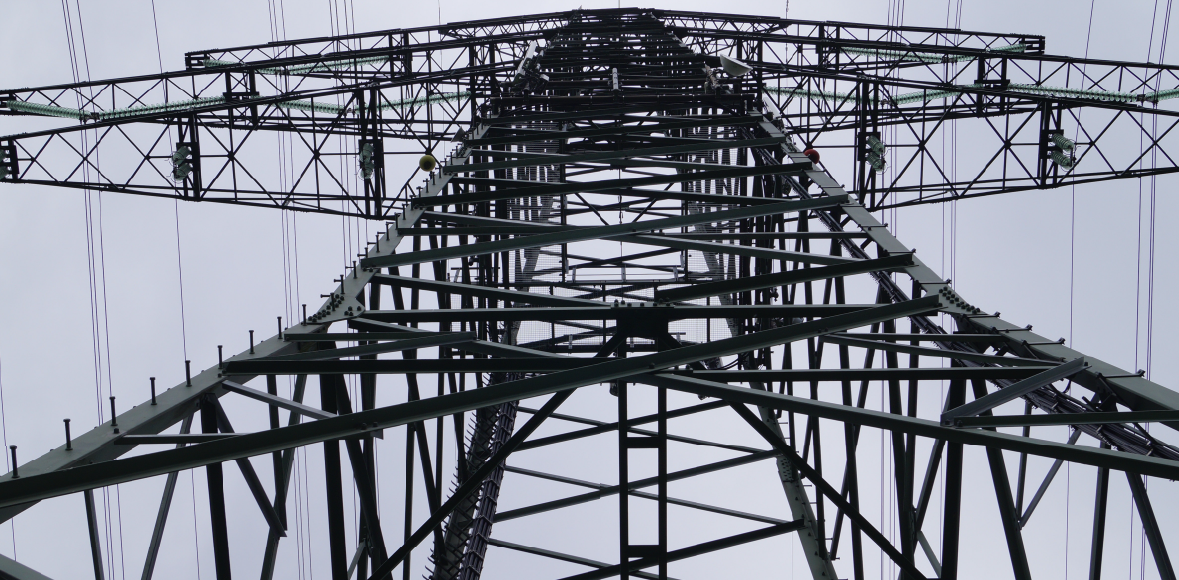An innovative mathematical model that includes natural disasters in electrical planning, increasing the resilience of supply and social welfare of consumers.
Chile is a nation highly prone to natural disasters. Since the planning of the electrical networks did not consider this risk originally, when such events occur the supply is usually interrupted way beyond acceptable periods and often extends outside the area affected initially. With this in mind, a group of researchers from the Complex Engineering Systems Institute (ISCI) created mathematical models to redesign the electrical networks, enhancing the resilience of the system when faced with adverse natural events.
The reliability of electricity networks in Chile is well below par. While inhabitants of nations such as Norway or the United Kingdom experience an average of one hour per year without electricity supply, this number rises to fifteen hours a year in Chile. These power cuts are often the consequence of events exogenous to the electrical system itself, such as extreme weather and natural disasters.
Working within the framework of an international collaboration in which ISCI researchers analyzed the safety of the English power grid against climatic events, recommending changes in supply security standards, a new opportunity of research arose: to design strategies to strengthen the Chilean system in the face of events that affect us locally, such as tremors and earthquakes. Thus, ISCI researchers organized a consortium with the University of Manchester in the United Kingdom to carry out this task.
Experience has shown us that widespread power outages are a consequence of problems that originally arise in specific points of the system, which then spread through the power grid to the rest of the country. For example, earthquakes that impact a particular area can cause a more generalized blackout. “We cannot avoid earthquakes, but we can be better prepared for them and take measures to minimize their impact. One such example was earthquake that hit the city of Concepción in February 2010. Entire towns, even those far from the epicenter, went without power. This resulted in significant economic losses for the industry and had an impact on the quality of life of communities and their inhabitants. This can be prevented with better planning of the electrical system.”, explains project leader Rodrigo Moreno.

Following an analysis using mathematical simulations, the impact of the power supply cuts in various forms of seismic movement, with a range of magnitudes and in multiple areas of the country, the team of researchers generated knowledge about the risks the national electrical system was exposed to. “We were interested in understanding how each of the possible earthquakes affected the electricity supply and how they spread through the system to the rest of the country. With advanced mathematical simulation and programming tools, we were able to identify the optimal investment solutions to minimize and mitigate the risks resulting from these earthquakes. This establishes cost-effective investment portfolios that also make use of new and flexible technologies.”, the researcher adds.
This research also helped identify critical issues in the national electrical grid. Several of these were identified around Santiago; in the Encuentro substation area in the north of the city, and in the Charrúa substation area in the south. With these findings, the team was able to put forward suggestions for an investment plan for substation reinforcement and new lines, offering, respectively, an increased robustness and a greater number of alternative routes to transport energy in the face of glitches.
This methodology has been put into practice by Chile’s National Electric Coordinator to identify critical works needed in the system. One such case is the new HVDC link between Atacama and Santiago, which will significantly increase the resilience of the national system. Another example corresponds to specialized compensation equipment, critical in the event of a tsunami affecting the area where the Guacolda plant is located. This investment materialized, with an approximate cost of US$ 50 million.
Other measures proposed by the researchers relate to the use of storage equipment; flexible transmission systems (FACTS), the use of distributed resources in the distribution network, and community micro-networks. The latter would give communities access to their own support equipment, which can be utilized when a problem hits the main supply. In this context, ISCI researchers demonstrated in several cases, that the aforementioned distributed and community resources are more economically efficient options than strengthening the main electricity system.
In light of the impact of this project, the British Government awarded the ISCI team with the Newton Prize in 2018. Furthermore, additional funding from the same government paved the way for the results of this research to be replicated in countries such as Malaysia, China, and Costa Rica, helping them develop systems that are more resilient to various forms of natural disaster. In industry, Samsung hired the researchers involved in this project to identify the best operation and maintenance strategies for the electrical systems of its semiconductor plants located in South Korea (including the world’s largest semiconductor plant), in order to mitigate risks associated with power cuts. Nationally, ISCI researchers are working on projects with Empresas Eléctricas AG and the National Electric Coordinator to update current regulations and planning practices in electrical transmission to improve the reliability and resilience of the electrical system.
Comunicaciones ISCI


